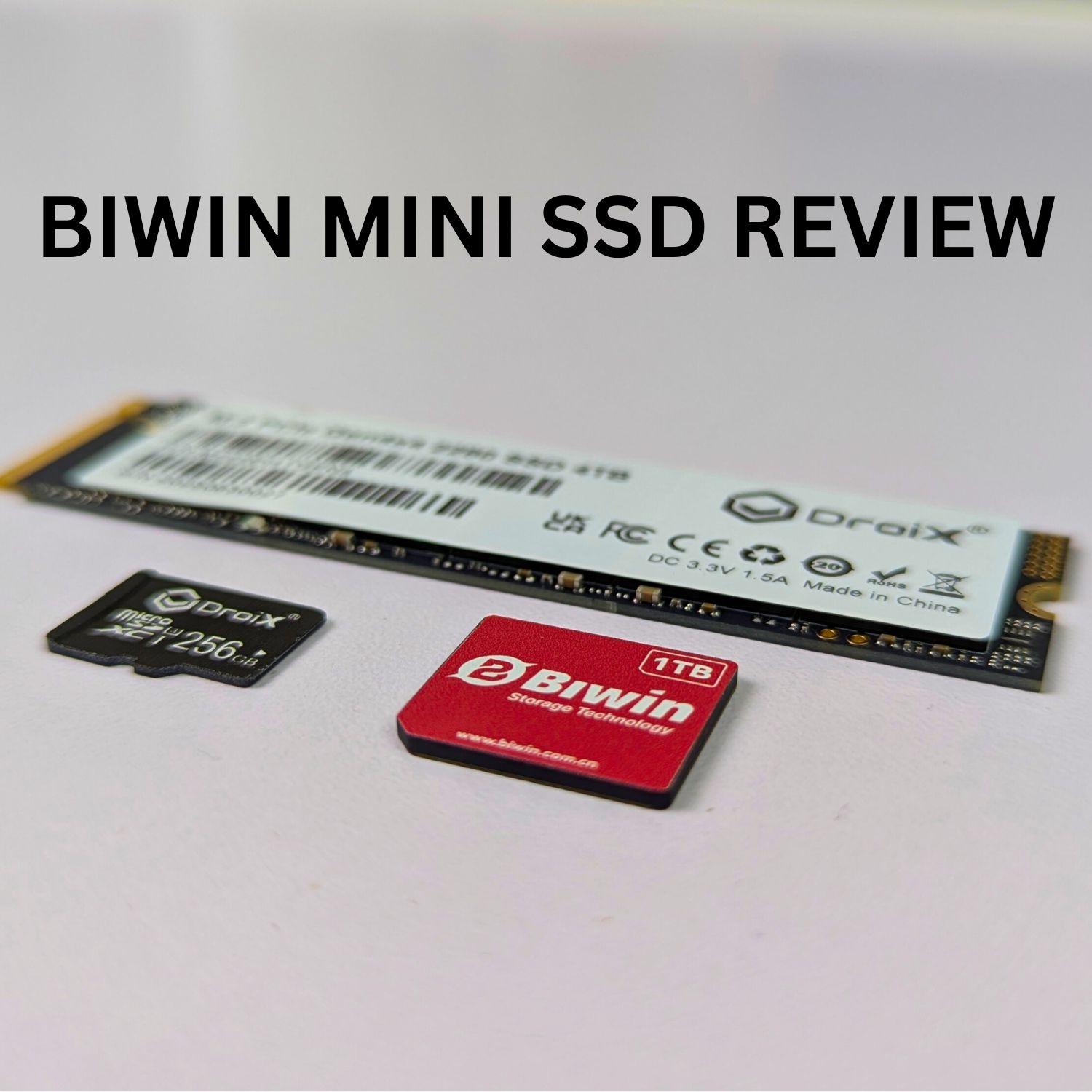
BIWIN Mini SSD Review – Tiny Storage, Huge Performance
The Mini SSD represents a thrilling new frontier in storage technology, delivering high-speed performance in an incredibly compact form factor—a central theme of this BIWIN Mini SSD review. We’ve already witnessed its debut in the GPD WIN 5 handheld gaming PC. For this review, our focus will be a detailed examination of the BIWIN Mini SSD, its underlying technology, and the level of performance it delivers.
What is Mini SSD storage?
The BIWIN Mini SSD 1517 manages to integrate high-performance hardware into a chassis barely larger than a Micro SD card, with precise measurements of just 15 x 17 x 1.4 mm. It operates on a PCIe Gen4x2 interface combined with the NVMe 1.4 protocol, which facilitates remarkable theoretical sequential read and write speeds reaching up to 3700MB/s and 3400MB/s respectively.
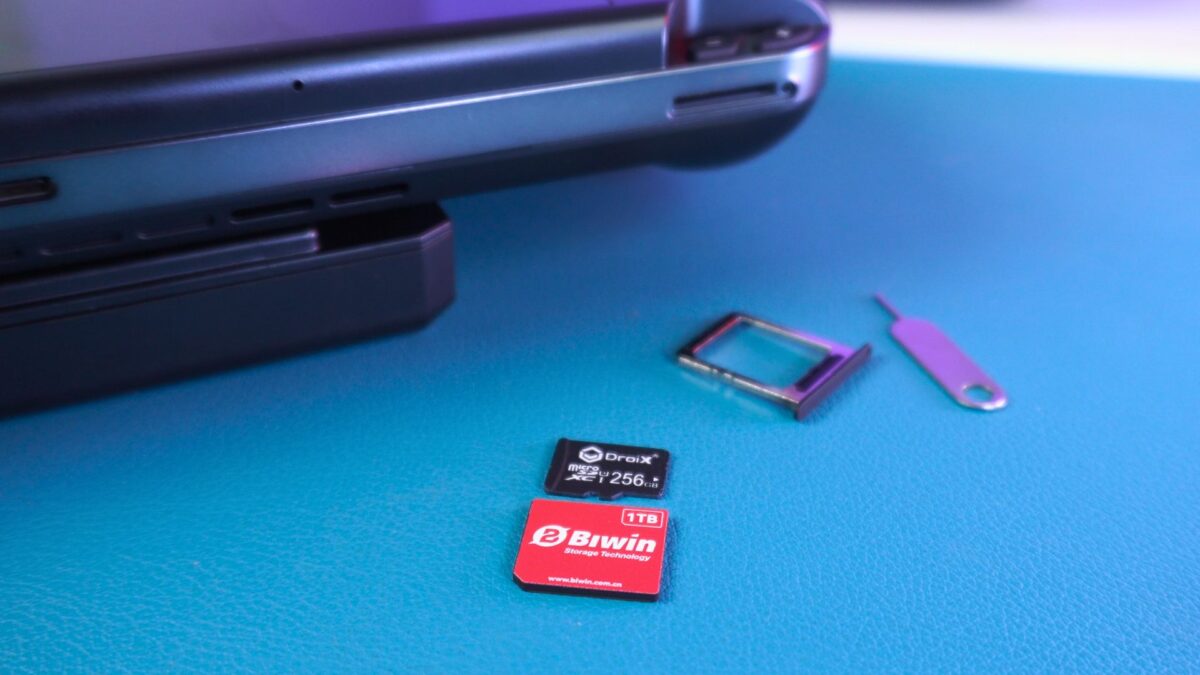
This storage solution is offered in 512GB, 1TB, and 2TB versions, establishing it as a practical choice for use as either a primary or secondary drive. BIWIN has opted for 3D TLC flash memory, a widely-used choice celebrated for its effective mix of speed, durability, and affordability.
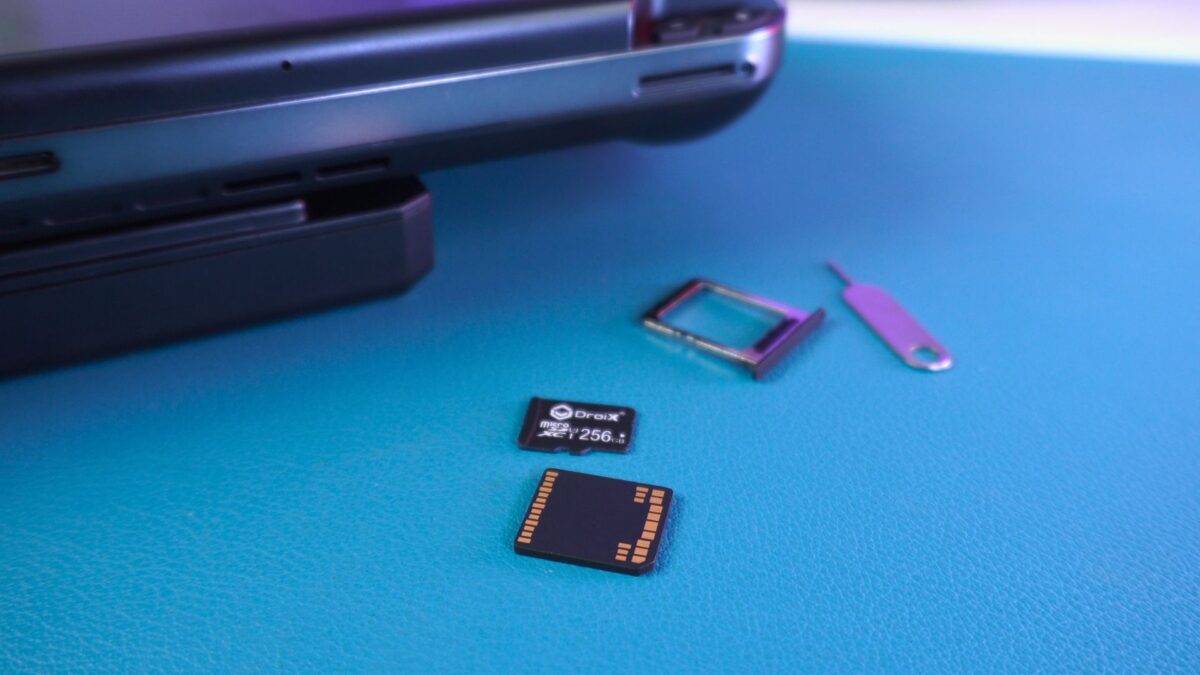
Engineered for endurance, this DRAM-less SSD features a Mean Time Between Failures (MTBF) that exceeds 1.5 million hours, complemented by a Terabytes Written (TBW) endurance rating as high as 1500 TBW. This construction guarantees the drive can endure years of intensive operation, a critical feature for gaming hardware where large files are constantly being accessed. Furthermore, the minimal power draw of the BIWIN Mini SSD 1517, peaking at 2.3W for read/write tasks and dropping to an exceptionally low 6mW in its low power state, positions it as a perfect component for portable gadgets where preserving battery life is paramount.
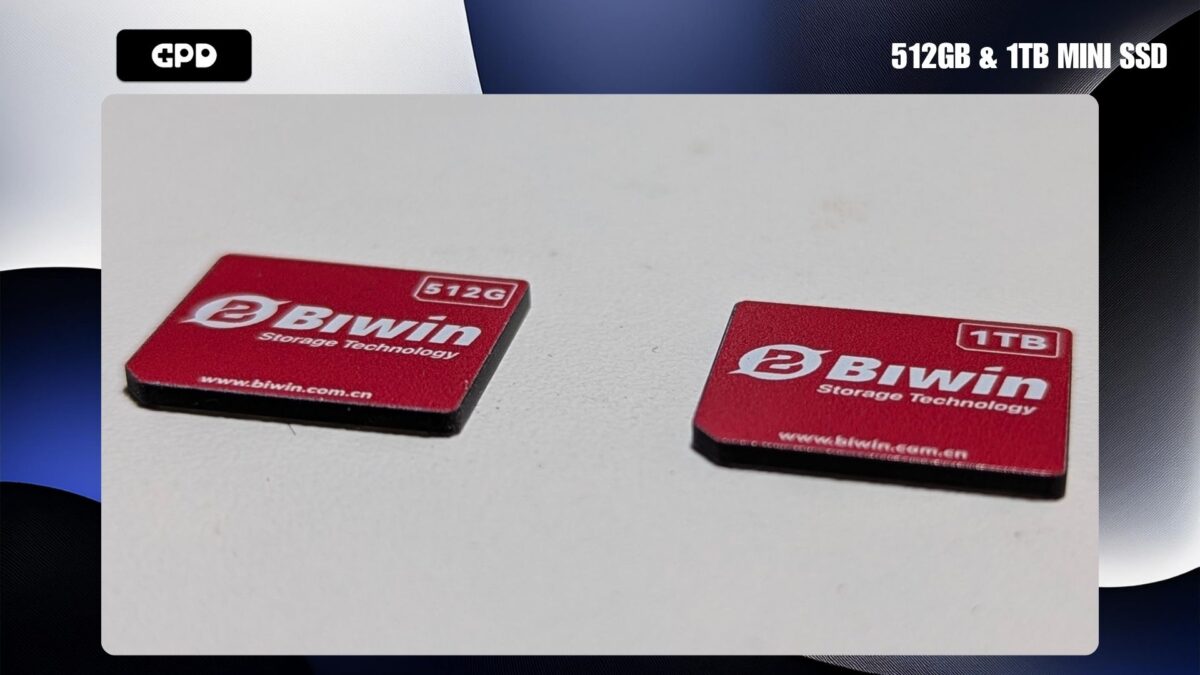
BIWIN Mini SSD Technical Specifications
| INTERFACE | PCIe Gen4x2, NVMe 1.4 |
| FLASH TYPE | 3D TLC |
| CAPACITIES | 512 GB, 1 TB, 2 TB |
| SEQUENTIAL READ SPEED | Up to 3700 MB/s |
| SEQUENTIAL WRITE SPEED | Up to 3400 MB/s |
| RANDON READ 4K | Up to 550K IOPS |
| RANDOM WRITE 4K | Up to 650K IOPS |
| DRAM CACHE | DRAM-less |
| MAX POWER CONSUMPTION | 2.3 W (Read/Write) |
| IDLE POWER CONSUMPTION | 60 mW |
| DIMENSIONS | 15.00 x 17.00 x 1.40 mm |
| ENDURANCE (TBW) | Up to 1500 TBW |
| MTBF | 1,500,000 hours |
BIWIN Mini SSD Benchmarks
In this portion of our BIWIN Mini SSD review, we are assessing the drive’s performance with the GPD WIN 5 handheld, which is currently the sole device supporting Mini SSD. It is vital to recognize a major constraint of the GPD WIN 5’s hardware: its Mini SSD M.2 slot is designed with only a single PCIe 4.0 lane (PCIe 4×1). This design choice restricts the drive’s potential bandwidth to a theoretical peak near 2000 MB/s, significantly below its maximum capabilities.
We will refresh this review once a device that supports PCIe 4×2 becomes available. Bearing that limitation in mind, the BIWIN Mini SSD delivered strong results throughout our testing battery. Using CrystalDiskMark, we recorded top read and write speeds of 1785 MB/s and 1744 MB/s, respectively.
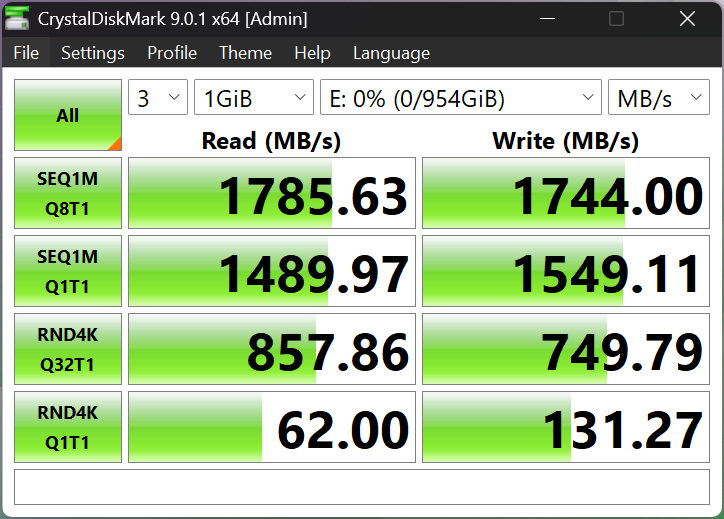
This solid performance was corroborated by AS SSD Benchmark, which assigned it high scores of 1470 for read operations, 1632 for write operations, and an overall score of 3855.
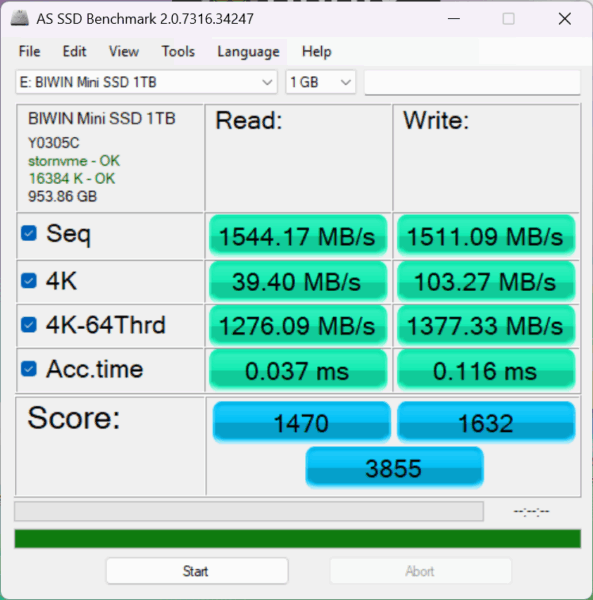
The ATTO Disk Benchmark provided further insight into its capabilities, showing a performance spectrum that started from a low of 44.43 MB/s read and 41.50 MB/s write with 512 Byte files, and climbed impressively to a peak of 1.66 GB/s read and 1.63 GB/s write with 64MB files.
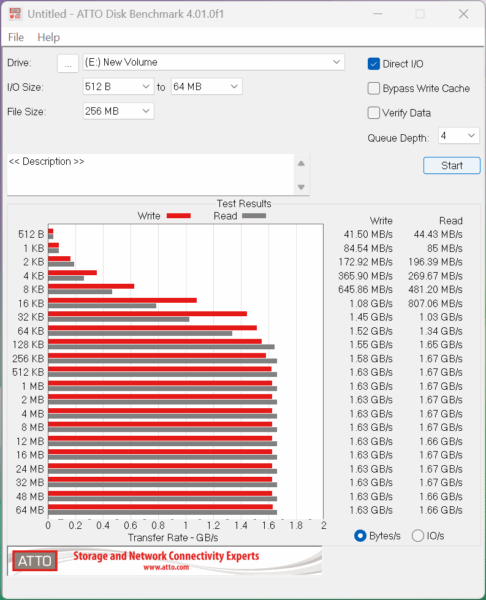
Although bottlenecked by the GPD WIN 5, these figures demonstrate that the BIWIN Mini SSD 1517 operates with high efficiency and offers a substantial leap in performance over options like Micro SD card storage. We expect that upcoming devices that support the Mini SSD format will adopt the full PCIe 4.0 x2 interface, which will permit the BIWIN Mini SSD Storage to achieve its full advertised speed potential.
BIWIN Mini SSD Device Support
Given that the Mini SSD format is in its early stages, the range of compatible devices is presently restricted. To date, we have confirmed its inclusion in the GPD WIN 5 and have seen it announced for the ONEXPLAYER Super X, a device that blends laptop and tablet features. As this technology gains wider acceptance, we foresee its integration into a broad array of devices, including ultra-slim laptops, tablets, high-performance cameras, and perhaps even smartphones. Its diminutive size and low energy requirements make it an ideal solution for any gadget where physical space and battery longevity are critical design considerations.
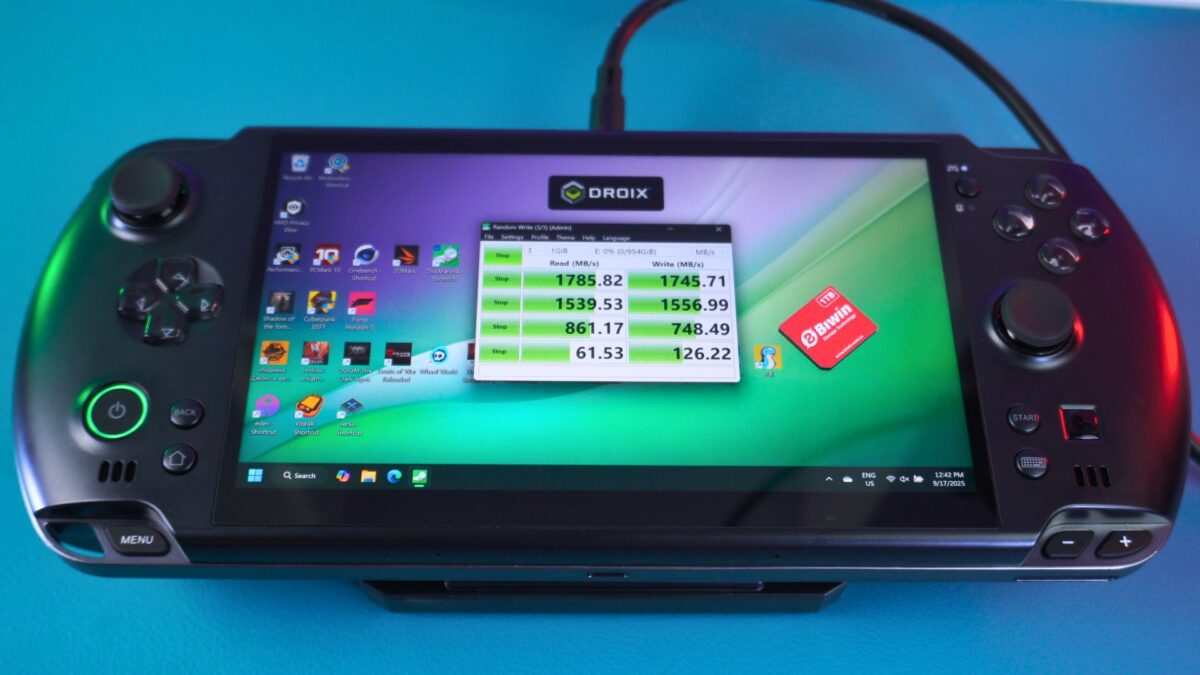
BIWIN Mini SSD Review Summary
Our BIWIN Mini SSD review finds that this drive has the potential to be a revolutionary component for portable electronics. It delivers a major uplift in performance compared to legacy storage types while occupying a minimal physical footprint and consuming very little power.
Even though the format is just beginning its journey, we are enthusiastic about the future direction of this BIWIN Mini SSD Storage format. The number of potential uses for this technology is immense, and we eagerly await to see which other devices, like professional-grade cameras and various portable gadgets, will adopt this forward-thinking solution.
What are your thoughts on the BIWIN Mini SSD? Let us know in the comments below!

